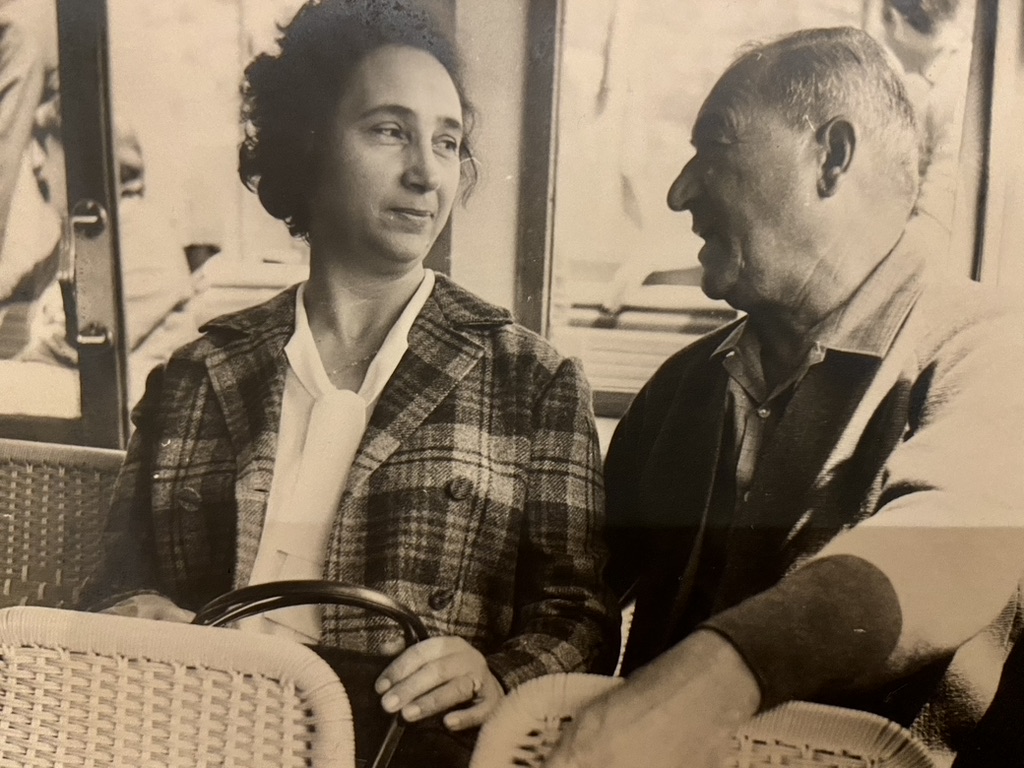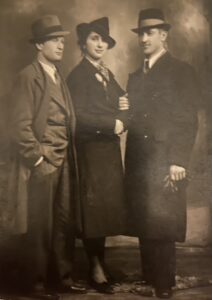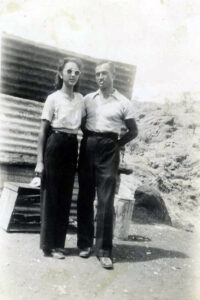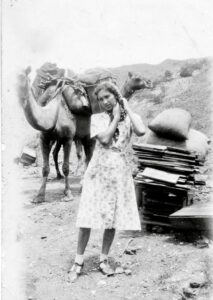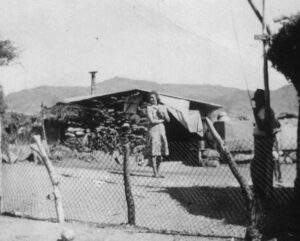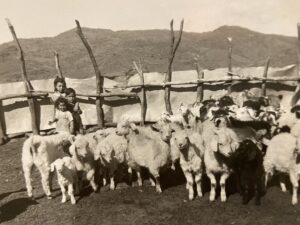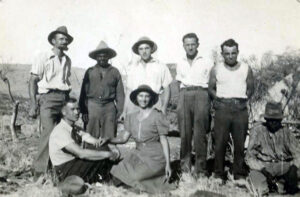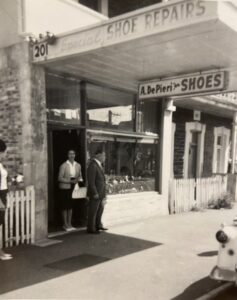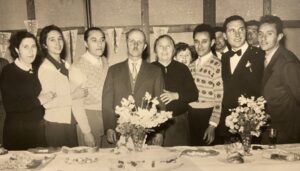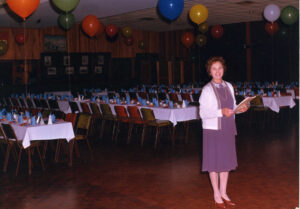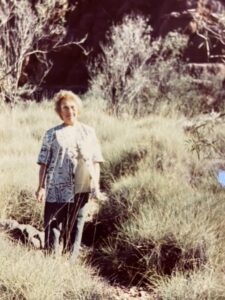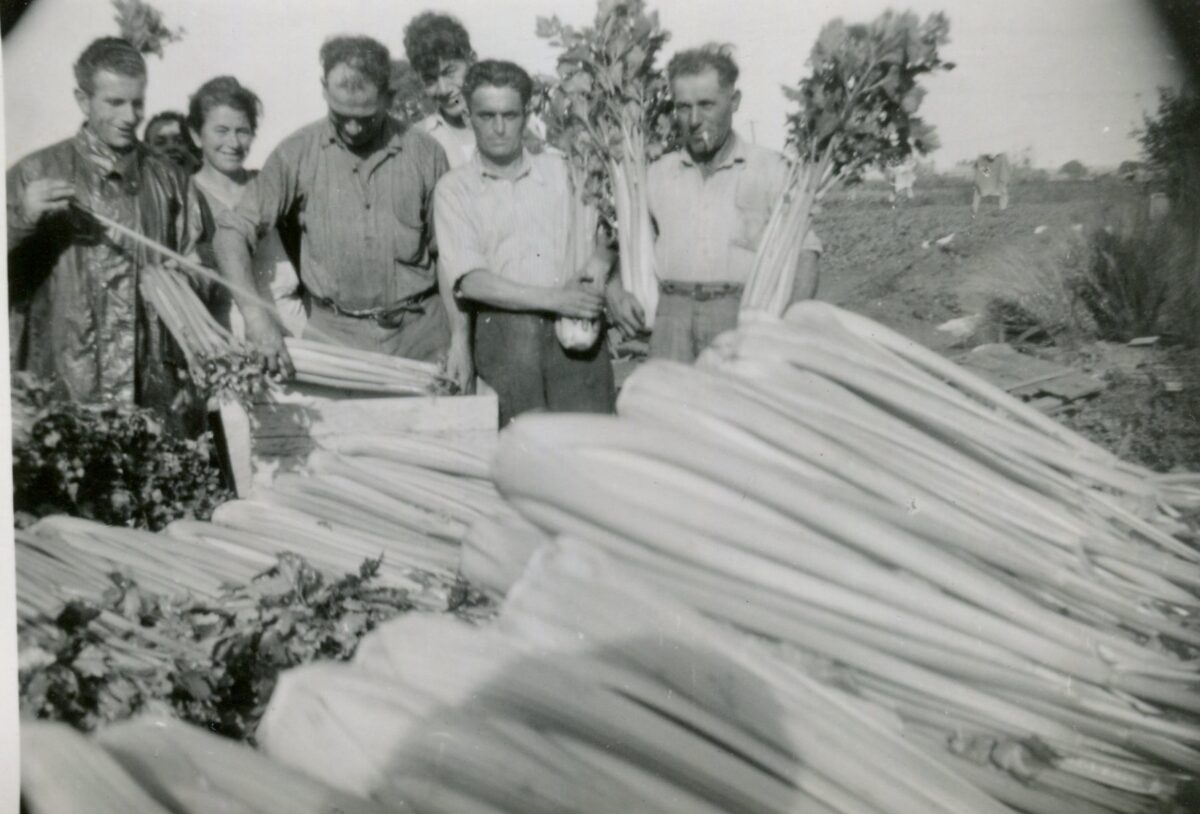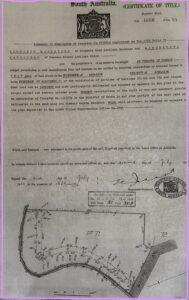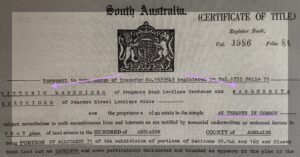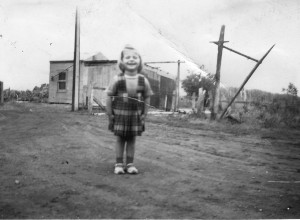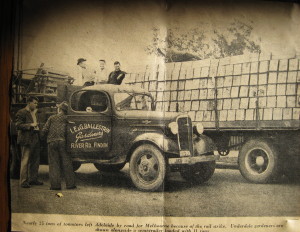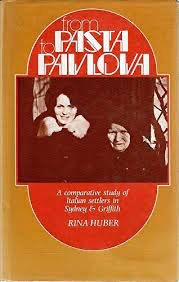Recently we were visiting our family in the Ovens Valley in the north-east of Victoria and I became aware of the strong Italian influence in the area.
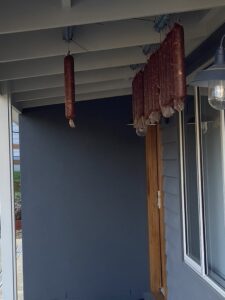
One of the first signs that made us reflect on the impact of Italians was a string of salami drying under the verandah of the house next door to us in Bright.
The presence of the Club Savoy in Myrtleford is a strong clue about the large numbers of Italians who have lived and worked in the region.
While we were in Bright, I tracked down a book about the history of Italian families in the Myrtleford area which won the Victorian Multicultural Award for Excellence in Community Innovation in 2020.

The book is “For a Better Life: The Story of Italian Migration to the Myrtleford District,” by Chris McCracken, Joy Phillips and Roy Ward, on behalf of U3A Myrtleford & Districts Inc. It documents more than 150 years of the history of Italian migrants in the area through the stories of 29 local families.
Writing the history of Italian families
During our stay, I was fortunate to meet with Jan Mock and Yvonne Tabalotny who had been involved in the initiative to compile the book. Both Jan and Yvonne had been interviewers. The number of people who were interested grew as word spread about the interviews and the book.
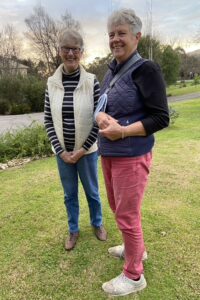
Jan and Yvonne told me how much they enjoyed the project and the opportunities to get to know the history of some of the Italian families in Myrtleford and they have formed friendships with some of the people they interviewed.
The book was compiled by a committee of dedicated volunteers who are members of the University of the Third Age (U3A), Myrtleford and District Inc. which had started up in 2018. The goal of U3A is to develop educational, social and recreational programs for retired people. Within six months, more than 120 members had signed up but just three were from families with Italian heritage.
The idea of the book stemmed from a proposal that Jan made to engage with the Italian community and record the history of the Italian migrants who had lived and worked in the Myrtleford region. A committee of ten members was formed and Jan, who has had experience in coordinating community development projects, applied for a grant through the Culturally and Linguistically Diverse (CALD) Seniors Grants Program which was successful. In 2019, the process of interviewing and collecting photos from families began and this was followed by writing and editing and finding a printer. The members of U3A who were involved in the project achieved a wonderful outcome with the printing of the book.
What’s in the book?
The book includes 34 family stories that are accompanied by photos. The earliest family story dates from the arrival of Battista De Piazza, who migrated from Lombardy, in 1863.
The most recent story features Nino Mautone and Maria Mautone who arrived in 1966 from Ceraso, Salerno, province of Campania. Nino has been a Councillor and Mayor of the Alpine Shire and is currently President of U3A Myrtleford and District Inc.
The first part of the book covers themes that include: leaving, arriving, enterprise, challenges, friendship, a woman’s place, home, wisdom and legacy. These nine chapters describe challenges, daily lives, the different working roles and achievements of the Italian families and provide an insight into the contribution that Italian migrants have made to the area.
Nine of the families originated from the Veneto region including eight from the province of Vicenza. The first man to arrive from the province was Giuseppe Piazza from San Antonio, Valli del Pasubio who disembarked in Innisfail Queensland in 1922. He moved to the Ovens Valley in 1929 and bought a tobacco farm with another man from Vicenza before purchasing a property in Myrtleford with his wife, Angela Pianalto, in 1931. From the late 1940s to the end of the 1950s, they created ways to develop the social life of Italians and provided meals and company on Sundays for young men who arrived after the war. Giuseppe also had a role as travel agent, ambassador for the Wangaratta hospital and he represented the Italian Consulate. In addition, he was a co-founder of Club Savoy.
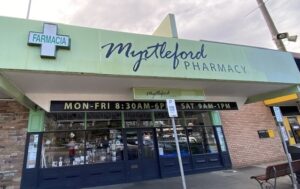
By the early 1960s, there were significant numbers of Italians living in the Myrtleford area. Shops catered for the needs of Italians and Jan remembered that before she left the town in the late 1960s to study to become a teacher, a staff member who spoke Italian was behind the counter of every shop in the town. Today the chemist still bears the name in Italian.

The popularity of the book
The book has been very popular with the Italian families whose stories have been documented, some of whom have bought 6 or 8 copies at a time. There have been three reprints and over 1,000 copies sold up to July 2022. The book has honoured the many Italians who made new lives in Australia and contributed to the economic, social and cultural life of Myrtleford and the region.
In Part 2 of the blog about Italians in the north-east of Victoria, the focus will be on the Italians and their occupation as tobacco growers and the various Italian groups and activities that are now part of the life of Myrtleford.
To buy a copy of “For a Better Life: The Story of Italian Migration to the Myrtleford District” by Chris McCracken, Joy Phillips and Roy Ward, on behalf of U3A Myrtleford & District Inc. please contact:
Jan Mock: u3amyrtleford@gmail.com
The cost is $30 plus postage.
Madeleine Regan – with assistance from Jan Mock and Yvonne Tabalotny.
31 July 2022
